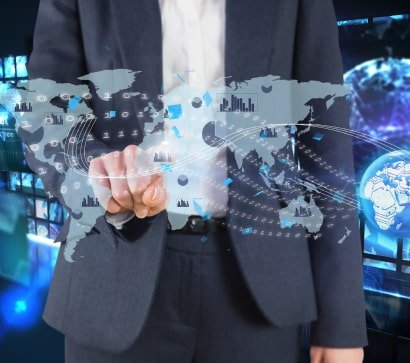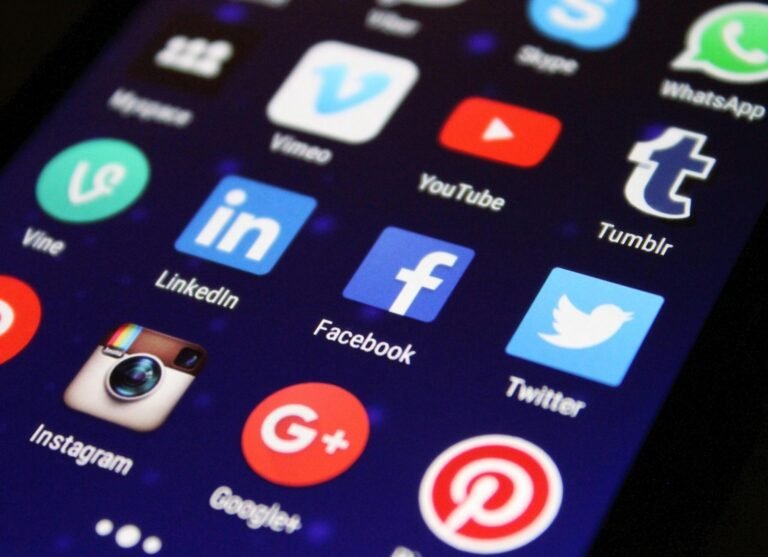
Emotion & Sentiment Analysis: Listening Beyond Words
In the digital era, customers aren’t just buying products or services—they’re experiencing brands emotionally. Every interaction, from a website visit to a customer service call,
In marketing, timing and context are everything. Customers don’t experience a brand in one moment—they move through a journey: from awareness, to consideration, to decision, and finally to loyalty.


In the digital era, customers aren’t just buying products or services—they’re experiencing brands emotionally. Every interaction, from a website visit to a customer service call,

collect increasing amounts of first-party data and the world moves toward a cookieless future, the question becomes: how can this data be transformed into strategic

In the consumer products industry, sustainability is no longer a niche trend—it has become a defining expectation. Modern consumers, especially younger generations, are increasingly prioritizing
In marketing, timing and context are everything. Customers don’t experience a brand in one moment—they move through a journey: from awareness, to consideration, to decision, and finally to loyalty. Each stage requires a different type of communication. Delivering the wrong message at the wrong time risks losing the customer, while the right message at the right moment builds trust and drives conversion.
Customer Journey Communication Mapping: Crafting the Right Message at Every Step
In marketing, timing and context are everything. Customers don’t experience a brand in one moment—they move through a journey: from awareness, to consideration, to decision, and finally to loyalty. Each stage requires a different type of communication. Delivering the wrong message at the wrong time risks losing the customer, while the right message at the right moment builds trust and drives conversion.
This is where Customer Journey Communication Mapping becomes essential.
Understanding the Journey
Customer Journey Communication Mapping is about analyzing how and when customers interact with a brand—and then aligning communication strategies to each stage. For example:
Awareness: Messages focus on storytelling, brand values, and creating recognition.
Consideration: Content highlights product features, comparisons, and customer reviews.
Decision: Offers, personalized recommendations, and guarantees provide reassurance.
Loyalty: Ongoing engagement, rewards, and exclusive updates nurture long-term relationships.
Why It Matters
Without a clear map, businesses often over-communicate in one stage and under-communicate in another. This creates friction and weakens the experience. By contrast, mapping the journey:
Ensures consistency across channels.
Builds a narrative that feels natural, not forced.
Increases relevance by meeting customer needs in real time.
Turning Insights Into Action
Using data analytics, behavioral tracking, and AI, brands can:
Identify triggers: What events signal that a customer is moving from one stage to another?
Personalize communication: Adapt tone, format, and channel to match the journey stage.
Measure impact: Track how each interaction influences movement through the funnel.
The Future of Communication
As customer expectations rise, one-size-fits-all marketing will no longer work. Brands must speak with precision, empathy, and timing. Customer Journey Communication Mapping transforms scattered touchpoints into a cohesive experience—making every interaction meaningful, every message intentional, and every journey a story of connection.

collect increasing amounts of first-party data and the world moves toward a cookieless future, the question becomes: how can this data be transformed into strategic

At first glance, measuring Customer Lifetime Value (CLV) might seem simple—just calculate how much a customer has spent over time. Yet, the real impact lies

In today’s digital-first world, businesses are flooded with customer data—clicks, purchases, searches, reviews, and interactions. But data on its own doesn’t tell the whole story.

In today’s fragmented digital landscape, customers move fluidly between channels—social media, email, search, in-store, and even voice assistants. But not every channel delivers the same